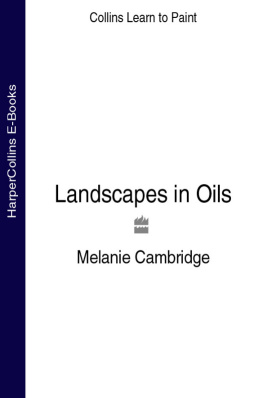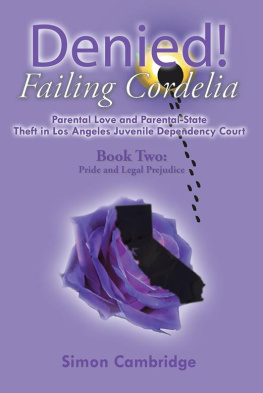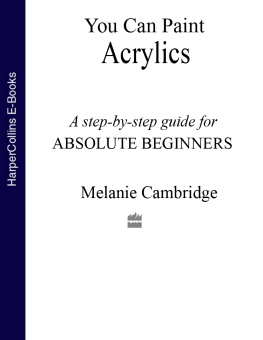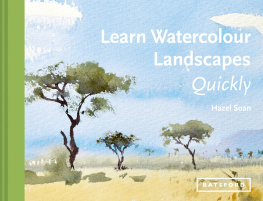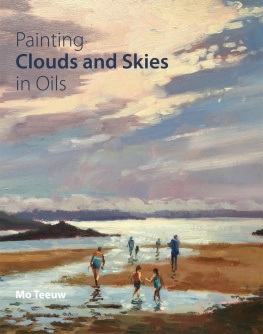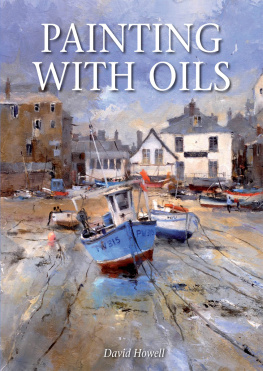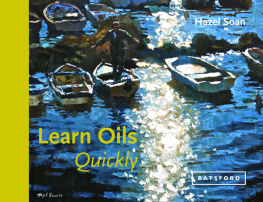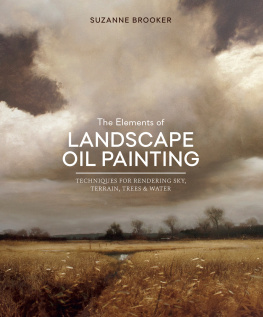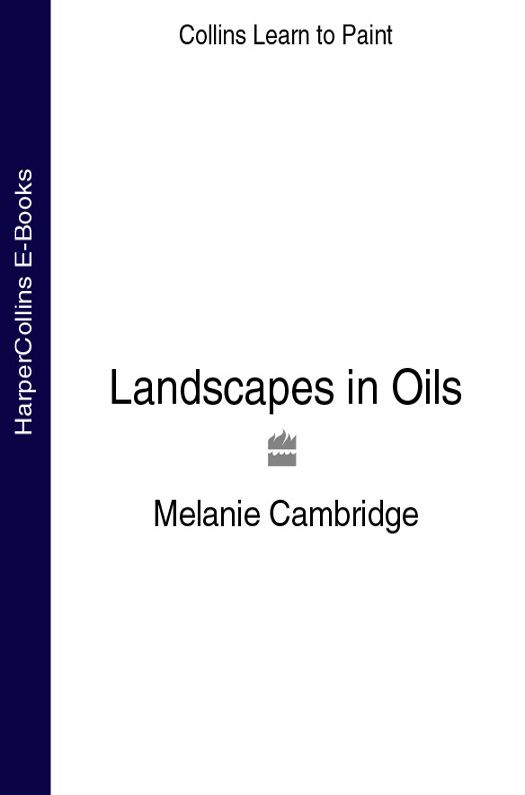
Published by Collins
An imprint of HarperCollinsPublishers
7785 Fulham Palace Road
Hammersmith, London W6 8JB
www.harpercollins.co.uk
First Published in 2004 Great Britain by HarperCollinsPublishers Ltd.
Melanie Cambridge 2004
Melanie Cambridge asserts the moral right to be identified as the author of this work.
A catalogue record for this book is available from the British Library.
Editor: Geraldine Christy
Designer: Penny Dawes
Photographer: Laura Knox
All rights reserved under International and Pan-American Copyright Conventions. By payment of the required fees, you have been granted the nonexclusive, nontransferable right to access and read the text of this e-book on-screen. No part of this text may be reproduced, transmitted, downloaded, decompiled, reverse-engineered, or stored in or introduced into any information storage and retrieval system, in any form or by any means, whether electronic or mechanical, now known or hereinafter invented, without the express written permission of HarperCollins e-books.
HarperCollinsPublishers has made every reasonable effort to ensure that any picture content and written content in this ebook has been included or removed in accordance with the contractual and technological constraints in operation at the time of publication.
Source ISBN: 9780007170340
Ebook Edition AUGUST 2014 ISBN: 9780008100919
Version: 2014-07-30
Contents

M elanie Cambridge was born and grew up in Cheshire, but now lives in Surrey where she paints and writes. She has always enjoyed painting the landscape and works outdoors whenever possible (even in winter). Oils have been her first-choice medium for painting ever since she was a child the quality of the paint, the varying textures, and the ability to change and rework any part of the painting at any stage, are just some of the reasons she prefers oils to any other medium.
Melanie has a lifelong interest in art and painted in oils from a relatively early age. However, she did not achieve artistic success while at school as the emphasis at the time was on abstract art rather than the more traditional styles of painting that interested her. Instead of going to art school she decided to concentrate on earning a living in the financial world instead. This was a disappointment at the time, but she continued to paint and develop her own style. She finally gave up her administrative position to concentrate on painting full time in the mid 1990s after two successful exhibitions in London.

Melanie Cambridge painting in her studio.

Sunday Afternoon, Richmond Bridge
41 x 61 cm (16 x 24 in) This was painted on location on a hot summers day. Fortunately, the owner of the bicycle did not return until after the work was complete.
Over the years the influences on Melanies work have changed and, while she still travels abroad to paint, being particularly attracted to the light of the Mediterranean and southern France, she is finding more and more interest in the area around her home. Melanie recently joined the Guild of Waterway Artists and now finds herself tackling a new range of subjects along the Thames and River Wey as well as canals around the country.
Keen to encourage art in others, Melanie runs various painting courses in south-east England, and is a frequent visitor to art societies around the country, demonstrating and teaching mainly oils. She is also a regular contributor to Artists & Illustrators magazine. Her previous books, Success with Oils and You Can Paint Acrylics (both published by Collins), have been well received, as has her oils instruction video of the same title.
Melanie believes in working from life whenever possible. For a landscape painter this can sometimes result in painting outdoors in snow and rain as well as on sunny days! Oil paints might seem cumbersome when compared to other mediums, but she feels the immediacy and flexibility of working in oils makes a little extra time spent organizing the equipment a small price to pay.
Melanies approach to teaching is to emphasize that relatively few items of equipment are essential for the landscape painter in oils. With a palette of just ten colours she encourages the beginner to create wonderful paintings that capture the many moods of the landscape.
F or many artists, painting the landscape out in the open is one of the most enjoyable, exciting and sometimes exasperating experiences there is! For me, there is nothing quite as wonderful as working in the open air, trying to capture the scene in front of me before the light changes and the whole view takes on a different aspect. If you are new to landscape painting, though, please do not feel that you must head up to the hills or out into the wildest country. Your garden or the local park can offer plenty of interesting subject matter for a landscape. In fact, it is often better to start by painting places that are familiar to you, where you are more likely to feel at home and relaxed.
Oil paints are ideal for landscape subjects. The colours have a wonderful buttery texture and can be used in a direct manner, so you can establish the main structure of your painting quickly and easily. Oil paints are also extremely flexible. If you make a mistake, simply wipe it out and carry on. Because oils take a few days to dry, you can still change your mind the next morning. This makes the medium ideal for beginners, helping to take away the belief that every brushstroke on the canvas has to be right first time.
If you change your mind after several days, wait until the paint is fully dry before overpainting. Otherwise there is a risk that the top layer will crack.

Painting the Poppies
30 x 51 cm (12 x 20 in) I came across this mass of vibrant poppies while walking near my home. Not having any paints with me, I made a quick sketch and dashed back to the studio to paint the picture immediately while the colours were still fresh in my mind.

Winter Walk, North Downs
30 x 25 cm (12 x 10 in) This was painted on location near my home after the first snowfall of the winter. The figure walking up the path was an added bonus.
Using sketchbooks
Of course it is not always possible to go outside to paint landscapes, nor do all artists wish to do so. Some will work mainly from photographs, sketches or even their imagination. For those times when you do not have your paintbox with you, I suggest that you carry a sketchbook mine is very small, just 15 x 10 cm (6 x 4 in), and easily fits into a jacket pocket or a handbag. Rather than a pencil, I prefer to use a cartridge drawing pen and keep several spare cartridges in my purse, so I always have them at hand. By carrying a sketchbook all the time, you will be ready to make quick sketches of anything that catches your eye. Not only does this help you build up information for future paintings, but it will also help you to develop your eye as an artist.

